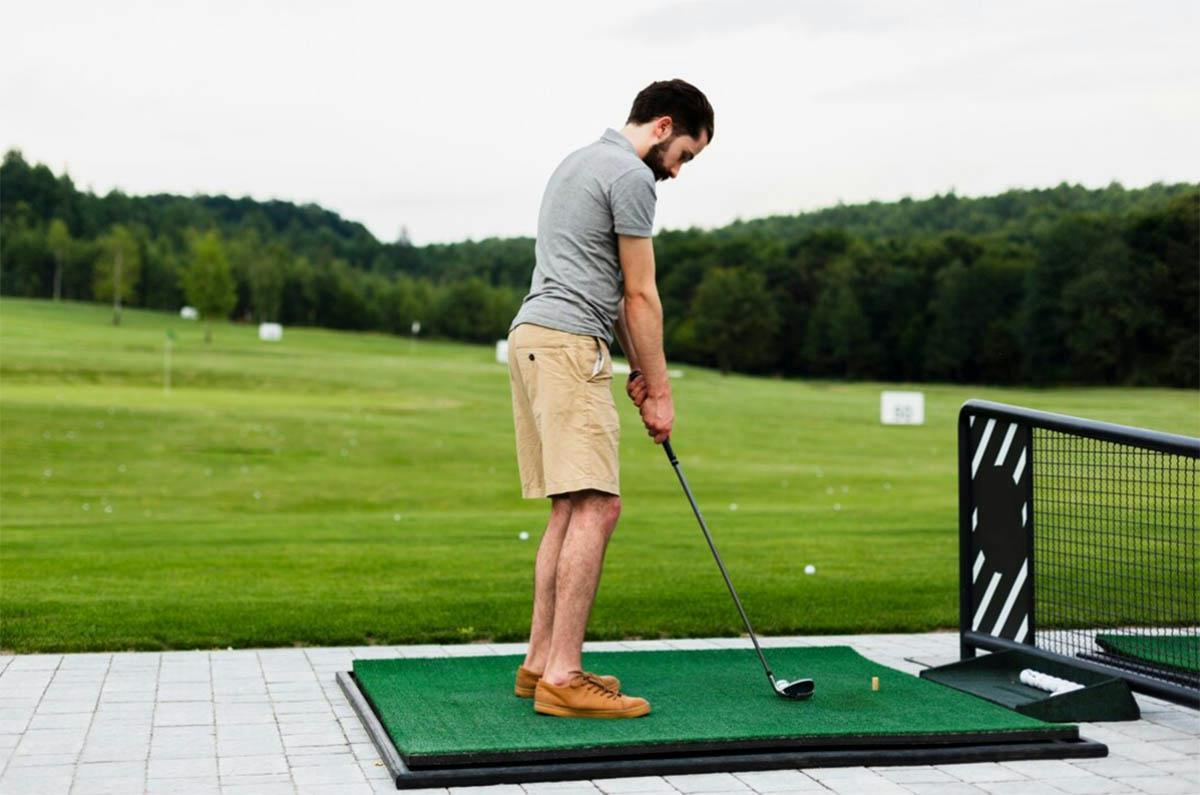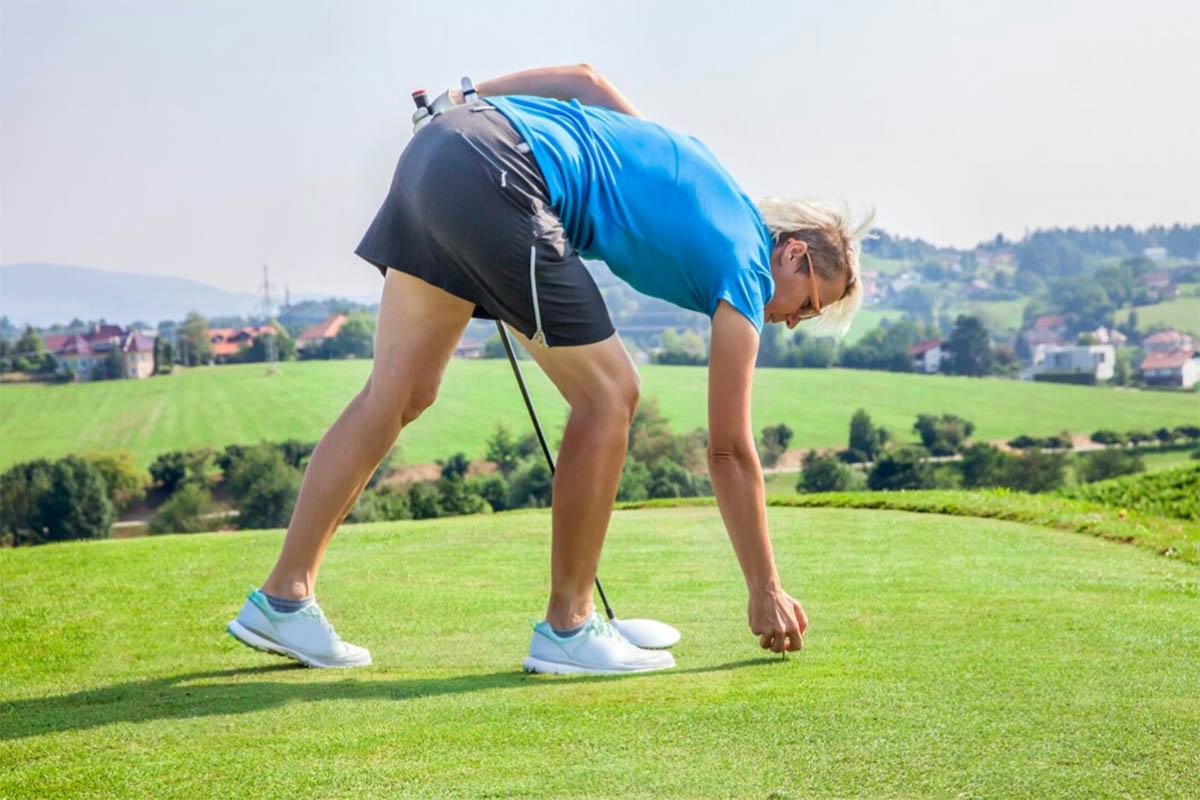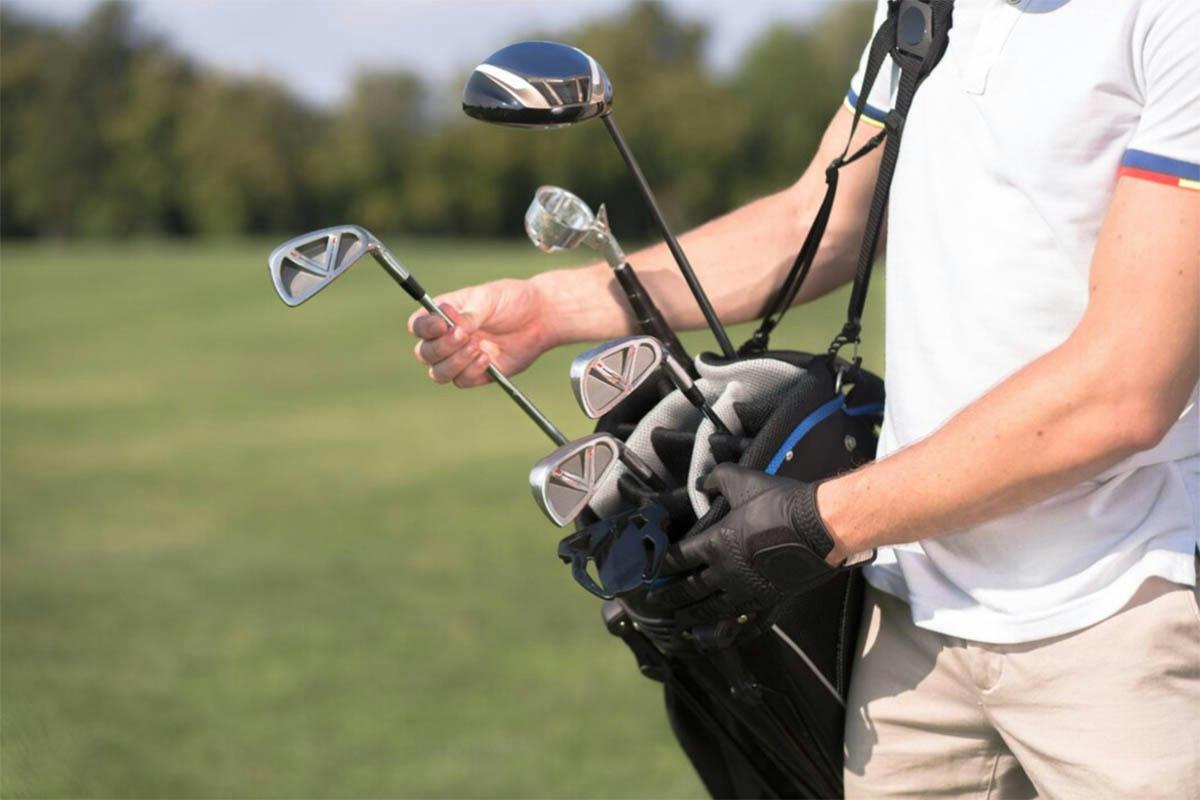Introduction
Golf, a game of precision and finesse, demands a lot from its players, and sometimes, it takes a toll on their bodies. A frequently encountered issue for golfers is golf wrist injury. In this comprehensive guide, we’ll dive into the intricate world of golf wrist injuries, exploring their types, impact on performance, and effective rehabilitation strategies.
If you’re seeking personalized guidance and support on your journey to recovery, consider reaching out to Scripps Ranch Physical Therapy – your trusted partner in overcoming golf-related wrist issues.
Understanding Wrist Injuries In Golfers
In professional golf, reports indicate that wrist injuries occur in as much as 54% of cases, with the leading wrist being the most commonly affected. Wrist injuries in golfers are more than just a pain in the swing. They can range from mild strains to severe fractures, affecting both amateur and professional players. Understanding the anatomy of the wrist and how it comes into play during a golf swing is crucial to addressing and preventing injuries effectively.
Common Types Of Wrist Injuries In Golfers

According to a study in the British Journal of Sports Medicine, approximately 13 to 20 percent of amateur golfers have encountered a wrist injury. Golfers frequently encounter a range of wrist injuries that can impact their game and overall well-being.
To shed light on these potential issues, let’s delve into the specific types of golf injuries golfers may face while pursuing the perfect swing.
Sprains: Mild injuries, often associated with wrist pain, involve the stretching or tearing of ligaments around the wrist.
Strains: Professional golfers are particularly prone to overexertion or excessive use of the wrist muscles, leading to strain or tears in the tendons.
Ligament Tears: More severe than sprains, injuries in golf, often exacerbated by poor swing mechanics, involve the tearing of wrist ligaments, impacting stability.
Fractures: Breaks in the bones of the wrist, a common injury often resulting from impact, excessive stress, or poor form.
Tendonitis: Inflammation of wrist tendons due to repetitive motion, a common issue in golf-related injuries, leads to pain and discomfort.
Carpal Tunnel Syndrome: Compression of the median nerve, causing numbness, tingling, and weakness in the hand, particularly affecting the carpal bones.
TFCC Injuries: Tears or damage to the triangular fibrocartilage complex, often influenced by poor technique, can impact the stability of the wrist.
Ganglion Cysts: Non-cancerous lumps filled with fluid, a common occurrence on the back of the wrist, may contribute to golf wrist pain.
Impact On Golf Performance
A golfer’s wrist is a crucial element in mastering the game. Approximately 20 percent of golfers are likely to face wrist discomfort at a certain stage. This pain is not exclusive to any particular skill level, affecting both novices and seasoned veterans. Any injury to this area can significantly impede their swing, compromise their grip, and consequently have a direct and detrimental impact on their overall performance on the golf course.
Injury Prevention Strategies
Taking proactive measures is paramount in preventing common golf injuries among golfers.
Before teeing off, consider the following precautions and considerations to safeguard your wrists and enhance your overall game:
Proper Warm-up Routines: Initiate each session with sufficient warm-up exercises, encompassing wrist exercises, to ready your muscles and joints for the game’s demands, optimizing movement patterns.
Technique Refinement: Engage in off-course exercises, focusing on strengthening the muscles supporting the wrists, including core muscle workouts, to counteract the impact of repetitive movements and promote overall joint stability.
Biomechanics Assessment: Periodically assess your biomechanics with a professional in physical examination to ensure a proper diagnosis, identifying and addressing potential issues before they lead to injuries.
Equipment Considerations: Use properly fitted golf clubs and ensure they match your playing style and physical attributes, reducing unnecessary strain on the wrists, especially during wrist extension.
Cross-training and Conditioning Exercises: Engage in off-course exercises, focusing on strengthening the muscles supporting the wrists to counteract the impact of repetitive movements and promote overall joint stability.
Rehabilitation Exercises
Recovery is a journey, and rehabilitation exercises are pivotal in restoring wrist function. We’ll break down the rehabilitation process into three phases, offering detailed exercises for each stage, including range of motion, strengthening, and golf-specific functional exercises.
Phase 1: Early Stage Rehabilitation
- Range of Motion Exercises: Begin with gentle wrist movements to improve flexibility.
- Gentle Stretching Exercises: Gradual stretches to alleviate stiffness and improve mobility.
- Isometric Exercises: Strengthening the wrist without joint movement.
- Grip Strengthening Exercises: Enhance hand and wrist strength for better control.
- Wrist Stabilization Exercises: Exercises focusing on stabilizing the wrist joint.
Phase 2: Intermediate Stage Rehabilitation
- Progressive Range of Motion Exercises: Gradually increase the intensity of motion exercises.
- Strengthening Exercises with Resistance Bands: Build strength using resistance for added challenge.
- Finger and Thumb Exercises: Target specific muscles for improved dexterity.
- Forearm Strengthening Exercises: Strengthen the entire forearm for better support.
- Coordination and Dexterity Exercises: Enhance overall hand-eye coordination.
Phase 3: Advanced Stage Rehabilitation
- Dynamic Stretching Exercises: Incorporate dynamic movements for increased flexibility.
- Progressive Resistance Exercises: Challenge the wrist with incremental resistance.
- Golf-Specific Functional Exercises: Simulate golf movements to regain sport-specific functionality.
- Power and Speed Training Exercises: Gradual exercises to restore power and speed.
Incorporating Golf Swings into Rehabilitation

Engage in off-course exercises, focusing on strengthening the muscles supporting the wrists, including effective exercises for the core and grip strength, to counteract the impact of repetitive movements and promote overall joint stability over an extended period of time, enhancing your wrist health, not just for golf but for various activities in your daily life.
Rehabilitation Progression and Monitoring
Monitoring progress is essential in any rehabilitation journey, ensuring an accurate diagnosis, tracking recovery milestones, adjusting exercises accordingly, and consulting with healthcare professionals to ensure a smooth rehabilitation process, including initial treatments tailored for effective recovery.
Conclusion
In conclusion, recognizing the significance of understanding and addressing golf wrist injuries is paramount for any passionate golfer. By adhering to proper precautions, actively participating in focused rehabilitation, and embracing injury prevention strategies, golfers pave the way to safeguard their wrists and relish the game for years to come.
If you’re in the process of finding a physical therapist to guide you on this journey, consider taking the first step towards recovery. Trust the experts to assist your golf game and wrist health matters. Remember to ask for availability as you embark on this essential path to wellness.
For personalized and expert guidance, reach out to Auto-ness Physical Therapy today. Your journey to optimal wrist health begins here.
FAQs
Q1: Can I play golf with a sprained wrist?
A1: Playing with a sprained wrist, especially in the context of wrist injury golf, is not advisable. Consult with a healthcare professional for personalized advice based on the severity of the sprain.
Q2: How long does it take for a golfer’s wrist to heal?
A2: The healing time for a wrist injury from golf varies based on the type and severity of the injury. Mild cases may take a few weeks, while more serious injuries may require months of rehabilitation.
Q3: How long after a broken wrist can I play golf?
A3: Resuming golf after a broken wrist depends on the injury’s extent and your healthcare provider’s guidance. Follow their recommendations, including specific golf wrist injury exercises, for a safe return to the game.


